“Folk knowledge of Bun Bo Hue ” has just been recognized by the Ministry of Culture, Sports and Tourism as a National Intangible Cultural Heritage. The dish fully meets the criteria: Representative, expressing the identity of the community and locality; reflecting cultural diversity and human creativity, inherited through many generations; capable of recovery and long-term existence; agreed upon by the community, voluntarily nominated and committed to protection.
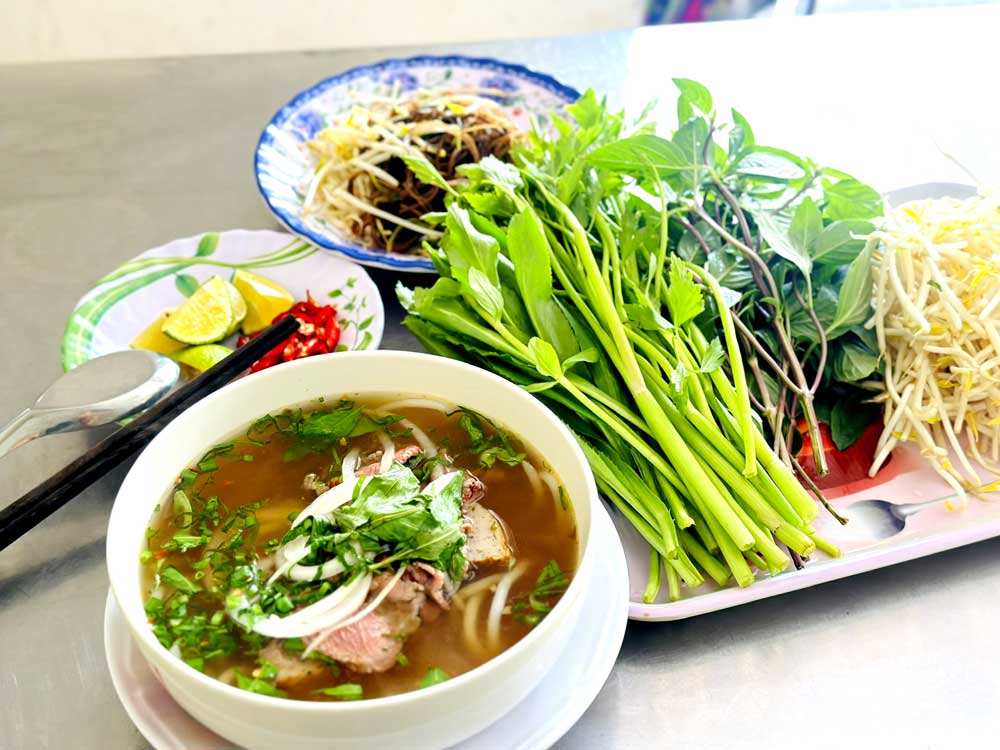 |
| Hue beef noodle soup has many unique variations. |
In 2014, famous culinary expert Anthony Boudain introduced Hue beef noodle soup on the American television channel CNN as "the best soup I have ever tasted". In 2016, Hue beef noodle soup was included in the list of Top 100 valuable Asian dishes by the Asian Record Organization. And in 2023, the international culinary website Taste Atlas ranked Hue at 28th in the 100 cities with the best food in the world , in which Hue beef noodle soup is considered "a must-try Hue delicacy when coming here".
Bun bo Hue is a dish that can “please” many types of customers. It is a rustic dish but contains the historical formation process and the folk knowledge system of the ancient capital. Bun bo Hue is closely associated with the religious life and community activities of people in traditional craft villages such as Van Cu and O Sa. Bun bo stands out with the characteristic smell of shrimp paste when you sniff and taste the broth. This smell of shrimp paste is a very typical spice of Hue, where shrimp paste and other types of fish sauce are sold everywhere.
Without this flavor, it would not be Hue beef noodle soup. The bowl of beef noodle soup has a naturally sweet and fragrant broth, simmered from beef bones for many hours, combined with Hue shrimp paste, lemongrass and traditional spices. The dish is more attractive thanks to the combination of soft noodles with beef sausage, pork leg, pig's blood, vegetables and a little spicy chili sauce.
Nowadays, it is not difficult to bring the original ingredient, shrimp paste, to all provinces and cities. Bun bo Hue has many variations, present from North to South, from luxury restaurants to simple sidewalk stalls, street vendors with a few chairs, where the mothers, aunts, and grandmothers still preserve the soul of the dish with their hands and love for the profession.
Regarding cuisine, we can mention the National Intangible Cultural Heritages including Nam O fish sauce making; Phu Quoc fish sauce making; Nam Dinh pho; Hanoi pho; Quang noodles; and Banh Chung and Banh Giay making in Phu Tho. Along with the culinary heritages viewed from the perspective of festivals, beliefs or living habits, Quang noodles and Hue beef noodles expand the scope of awareness to a system of knowledge that is comprehensive and deeply indigenous.
A rustic dish recognized as a heritage contributes to affirming the value of labor associated with community life and handicrafts. Facing the risk of being lost or transformed into a delicious dish just for young people to “check in”, this is a good sign to preserve traditional values, not only the dish but also the knowledge system and lifestyle that created that dish.
Article and photos: PHUONG THU
Source: https://baovinhlong.com.vn/van-hoa-giai-tri/202507/tri-thuc-dan-gian-ve-bun-bo-hue-la-di-san-van-hoa-d5816b1/






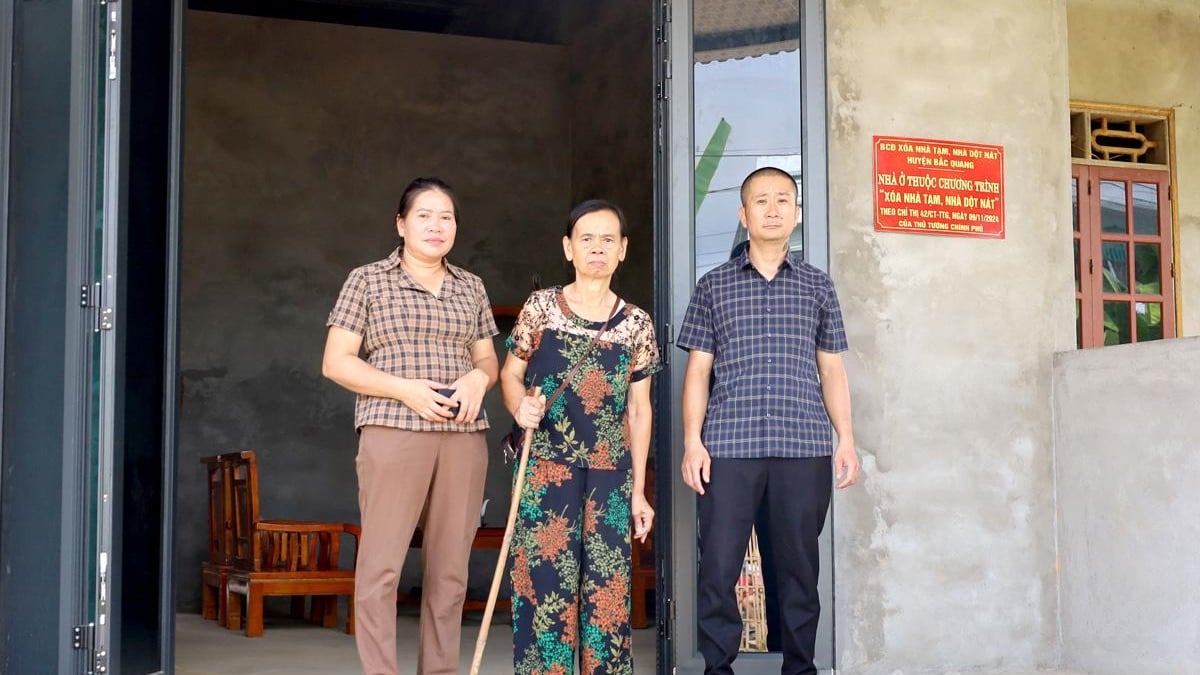


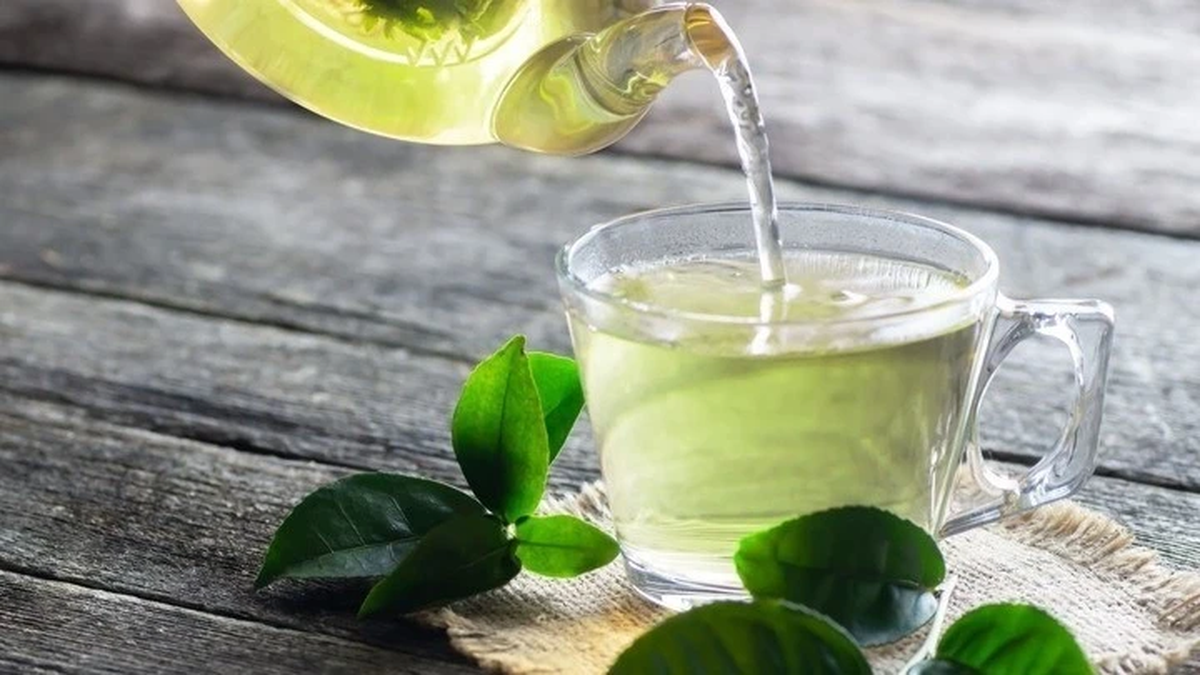

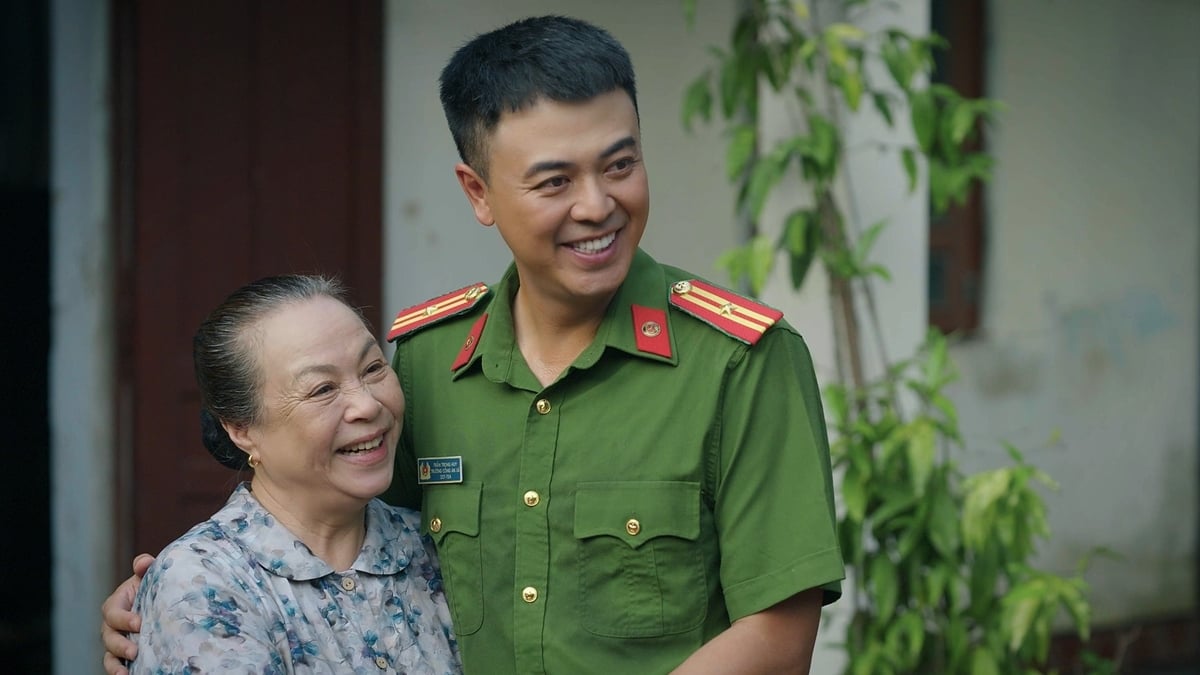



















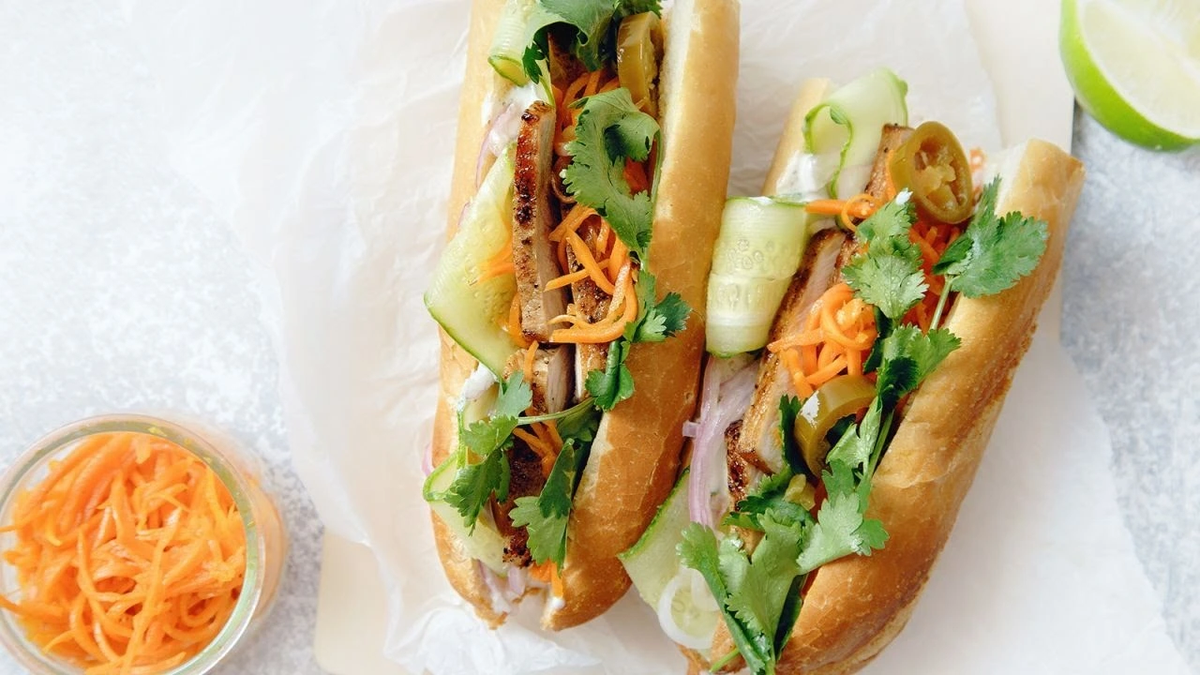
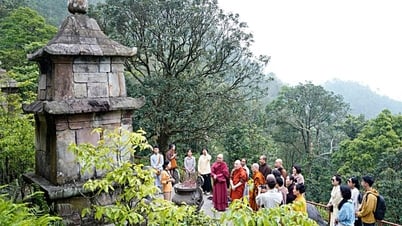
































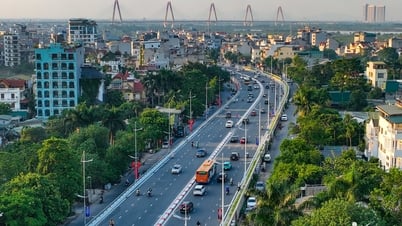










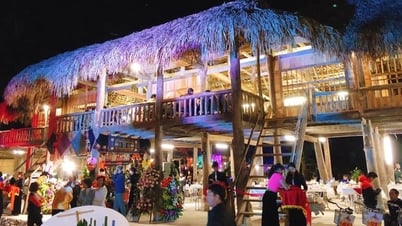



















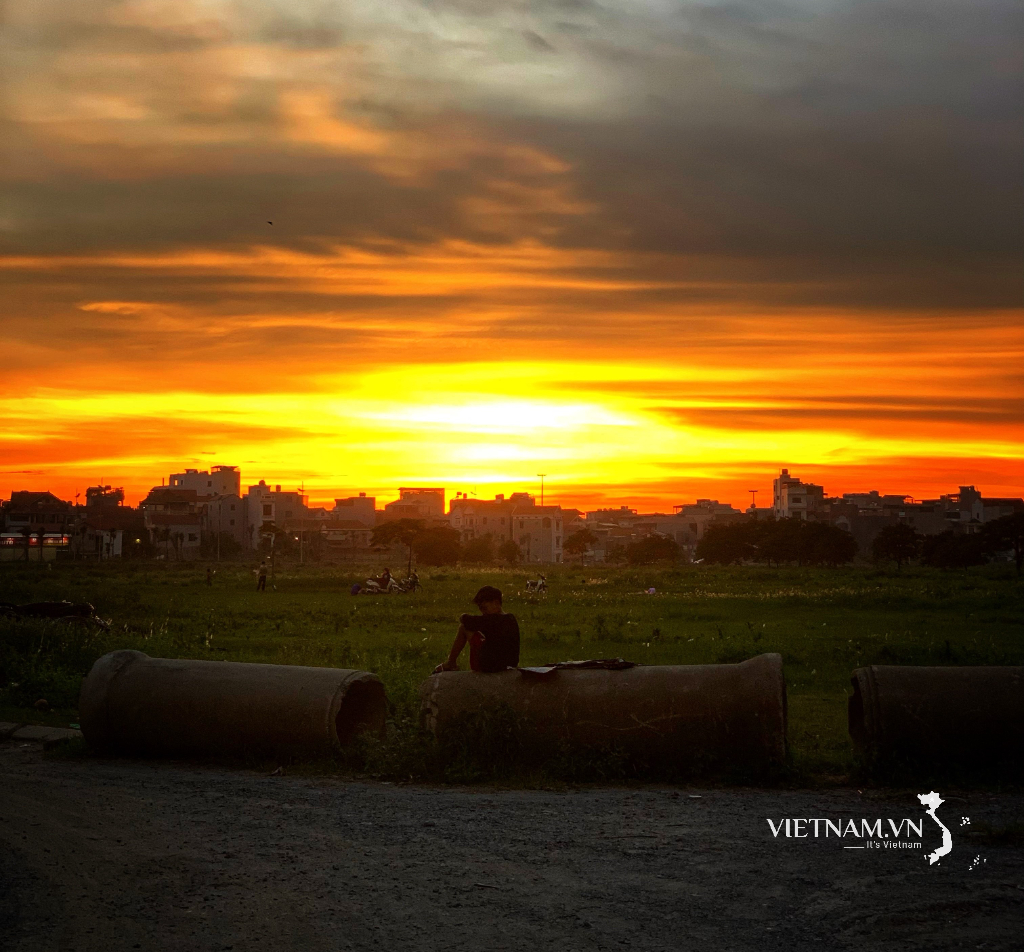



Comment (0)